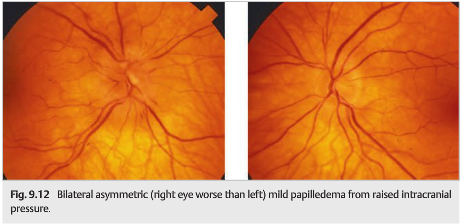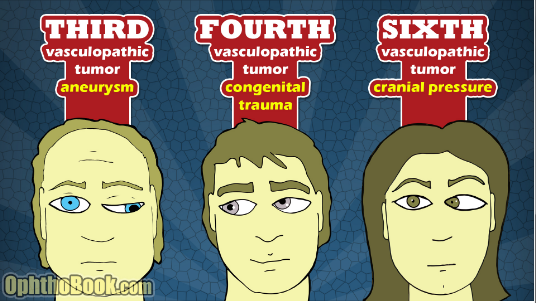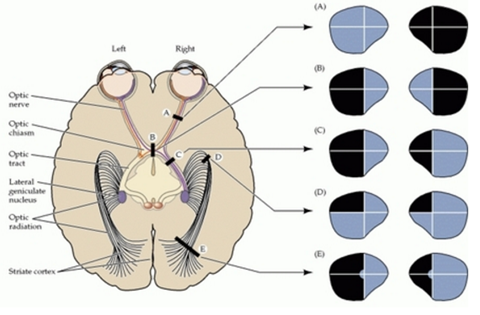Question: Describe the appropriate steps to take in the emergency department when evaluating bilaterally swollen discs.
 3
3
Question: Describe the appropriate steps to take in the emergency department when evaluating bilaterally swollen discs.
 3
3
Question: Describe the appropriate steps to take in evaluating diplopia in the emergency department.

Questions:
Question: Describe the appropriate steps to take in evaluating visual field loss in the emergency department.
 4
4